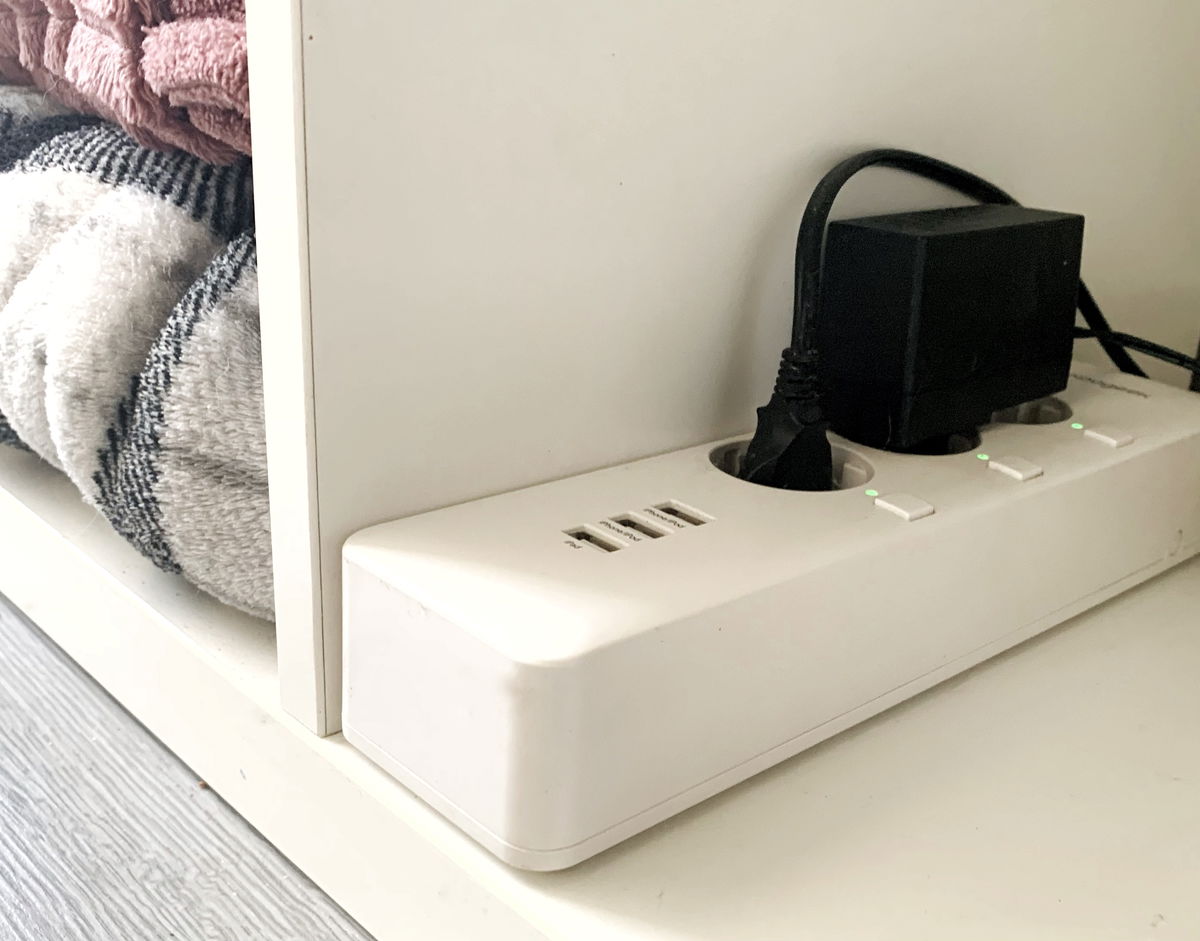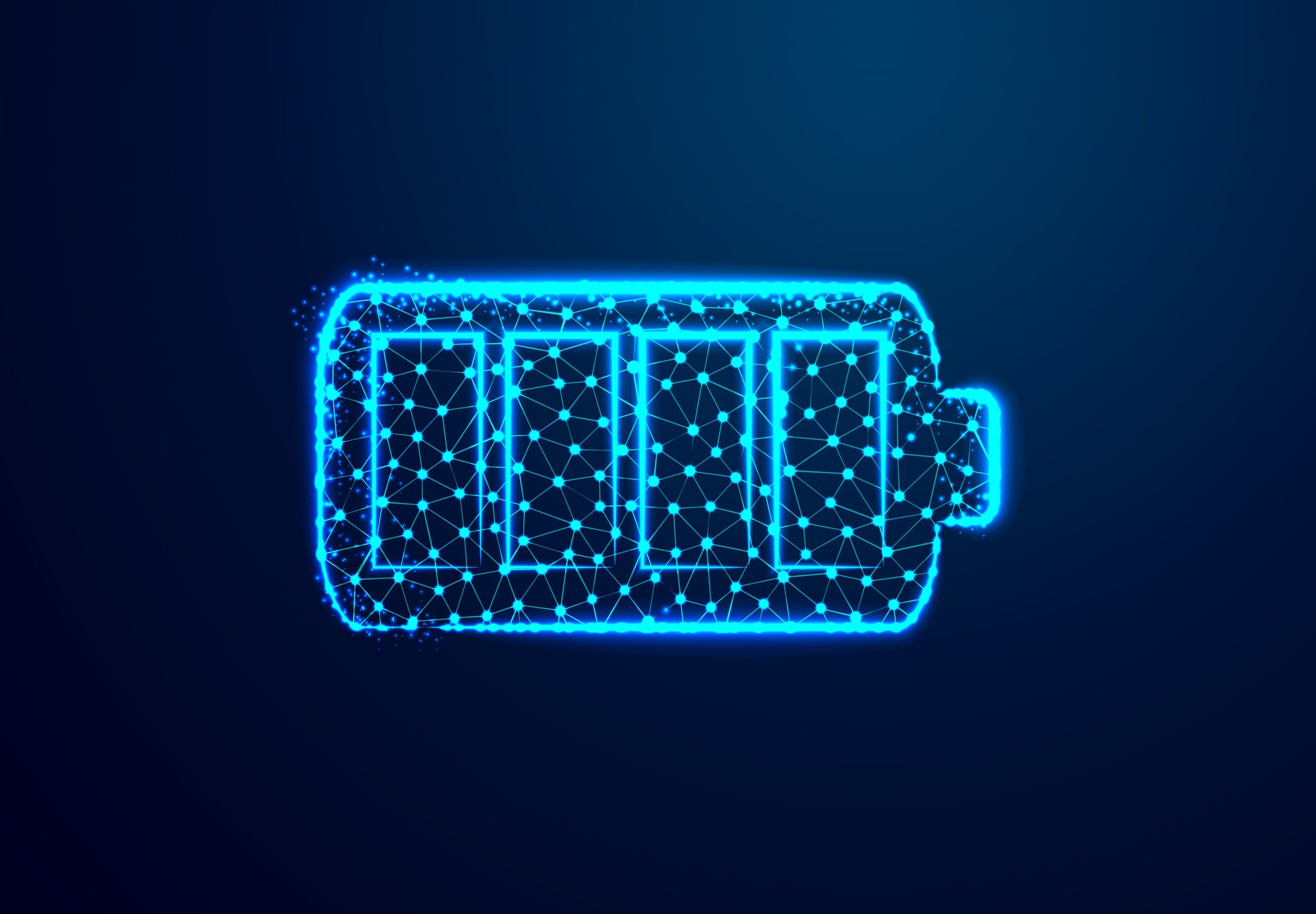In many ways, space is the perfect place for a solar power plant. There are no clouds along the way, no seasonal variability, no atmospheric filters, and the solar arrays can operate at peak efficiency 24 hours a day because the planet doesn’t block the Sun.
According to some estimates, If you place a solar panel in space, it will generate 6-8 times more energy than here on Earth. And how do we transfer this energy to the Earth? There is a problem.
A geosynchronous orbit, in which a satellite is more or less above one point on Earth, has an altitude of about 36,000 km. That’s almost three times the width of the Earth, and a little further than most power strips can reach.
So the problem is transferring energy to the planet, in addition to the horrendous costs of space launches.. Fortunately, the cost of space launches is coming down with the advent of reusable rockets and alternative launch technologies.
And the next big step will be the continuation of space solar energy, especially aimed at improving the efficiency of wireless power transmission, with the hope that we are in a couple of breakthroughs from commercially viable extraterrestrial power generation.
One such research project refers to this “fully connected space-based solar terrestrial verification system“, built at Xi’an University in north-central China, the ancient capital of China under many dynasties.
Led by Duan Baoyang, this is a 75 m high ground inspection system, the construction of which began in 2018.was designed to allow investigation”high-efficiency light concentration and photoelectric conversion, microwave conversion, microwave radiation and waveform optimization.”
According to a press release from Xidian University, the facility was recently approved by a panel of invited experts. after demonstrating the wireless transmission of microwave energy over a distance of 55 m.
This is the first system in the world that covers the entire spectrum of space solar functions, including tracking the Sun, concentrating light, converting it to electricity, and transmitting it as microwaves, and the university says it’s successfully testing it about three years ahead of schedule.
Suspended at the top of the structure is an array of antennas that acts as a surrogate satellite, focusing sunlight, converting it into energy and sending it back to earth, where it is collected by the antenna.
The research team has no illusions: going from 55 m to 36,000 km with enough efficiency to make space solar power worthwhile”it will require the successive struggle of several generations“, the press release said.
It will be a long time before the money invested in this technology bears more fruit. than just building more solar panels here on Earth.
Actually, if the transmitting antenna is deployed in space, then the array of rectangular antennas on the ground is likely to be several kilometers long. in diameter to obtain a usable amount of energy.
Meanwhile, companies such as New Zealand’s Emrod are promoting wireless microwave power transmission for applications closer to Earth, such as replacing high-voltage power lines in rough terrain.
Source: Computer Hoy
I am Bret Jackson, a professional journalist and author for Gadget Onus, where I specialize in writing about the gaming industry. With over 6 years of experience in my field, I have built up an extensive portfolio that ranges from reviews to interviews with top figures within the industry. My work has been featured on various news sites, providing readers with insightful analysis regarding the current state of gaming culture.














